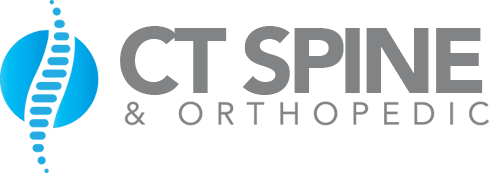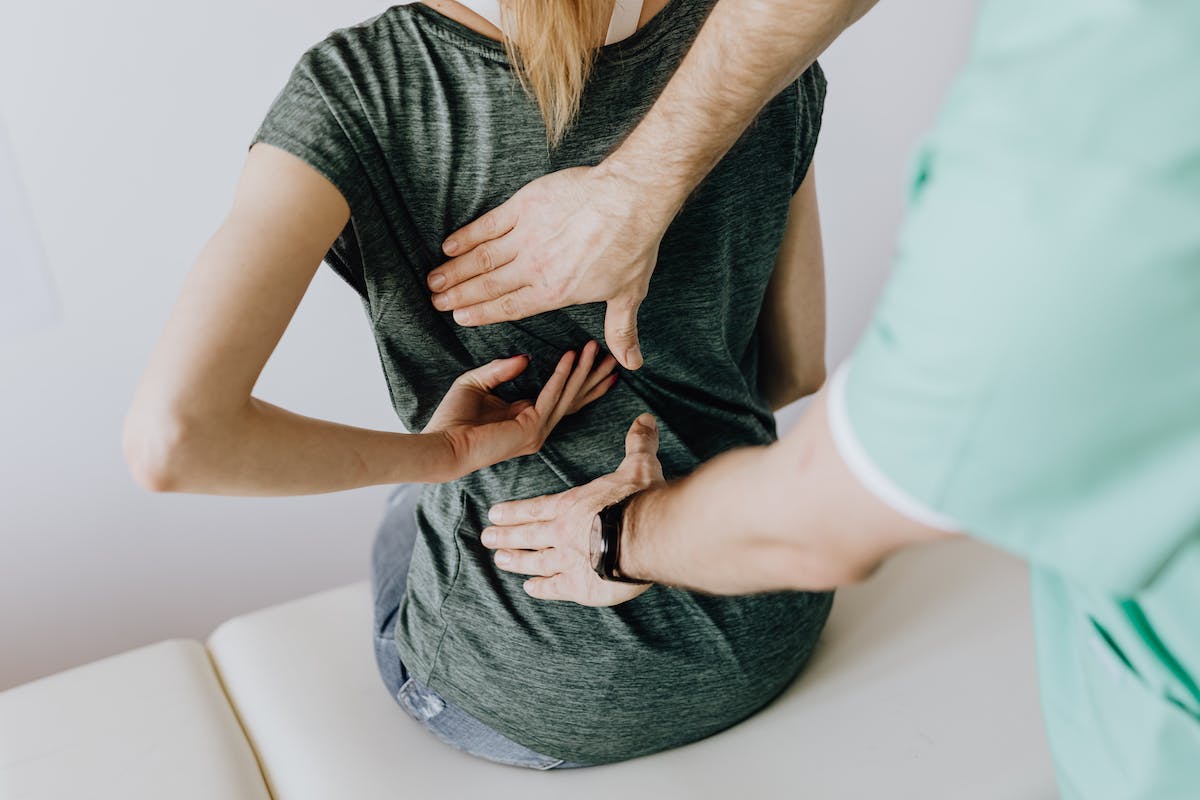Lower left back pain, common and complex, stems from various sources – musculoskeletal strain, kidney issues, digestive problems, or stress. It hinders daily activities. Recognizing symptoms and understanding causes are key to effective treatment. Alleviating discomfort and preventing recurrence require specific strategies.
Understanding Lower Left Back Pain
Lower left back pain can arise from various factors, including musculoskeletal issues, kidney complications, and digestive disorders. Psychological factors, such as stress, anxiety, and depression, can also contribute to this condition. These factors can cause the body to tense back muscles, leading to pain. Chronic psychological stress can worsen existing pain, forming a cycle of physical and emotional distress.
Research shows that poor sleep quality or deprivation can amplify pain levels. This is due to the body’s impaired healing ability and increased pain sensitivity resulting from inadequate sleep. Certain sleep positions can further strain the back, potentially causing or worsening lower left back pain. Addressing these psychological and sleep-related factors is critical for effectively managing and treating lower left back pain.
Common Causes of Pain
Musculoskeletal conditions, kidney issues, and gastrointestinal disorders are primary causes of lower left back pain. Physical stressors, like heavy lifting, poor posture, or direct injury, can trigger musculoskeletal conditions such as herniated discs, sciatica, sprains, and strains, and degenerative disc disease. Pain from kidney problems like stones or infections often radiates to the lower left back. Gastrointestinal disorders like diverticulitis or inflammatory bowel disease can cause similar pain. Chronic stress exacerbates muscle tension and spasms in the lower back, potentially leading to new conditions. Stress-induced poor sleep and unhealthy behaviors like lack of exercise or inappropriate diet can indirectly influence back pain. Understanding both physical and psychological factors is crucial for deciphering the etiology of lower left back pain.
Symptoms Besides Pain
Evaluating lower left back pain involves considering not just the pain, but also related physical discomforts, chronic pain’s emotional effects, and pain variations in duration and intensity. These supplementary symptoms can significantly influence the patient’s overall experience and provide insights into the condition’s nature and severity. We will analyze these aspects systematically in the subsequent sections.
Related Physical Discomforts
Patients with lower left back pain often report related discomforts. These include sleep disruption due to difficulty maintaining non-aggravating positions, and increased stress management challenges due to persistent pain. This pain often results in constant alertness, leading to muscle tension, specifically in the affected lower back area. These issues highlight the multifaceted nature and extensive impact of lower left back pain on physical wellbeing.
Emotional Impact of Pain
Lower left back pain impacts not just physical but also emotional health, potentially triggering anxiety, depression, and mood swings. The pain’s severity interrupts daily activities, leading to significant mental health issues. Feelings of helplessness or fear can intensify the pain, fostering a destructive cycle. Beneficial coping mechanisms include relaxation techniques and cognitive behavioral therapy. Healthcare providers must address emotional pain aspects in conjunction with physical treatments for a holistic approach. This strategy enhances lower left back pain management and overall quality of life.
Pain Duration and Intensity
Lower left back pain varies in intensity, duration, and additional symptoms. Associated with individual pain thresholds and underlying conditions, acute pain is intense and short-lived, diminishing as injury heals. Chronic pain persists for months or years, fluctuating in intensity, indicating ongoing health problems. Pain duration and intensity are crucial for diagnosis and treatment planning, helping healthcare professionals identify causes, guide interventions, and monitor progress.
Serious Conditions to Consider
Kidney infections, disc degeneration, and spinal tumors are serious conditions that can present similarly to lower left back pain. Each condition exhibits unique traits and diagnostic criteria, necessitating comprehensive clinical evaluation.
Identifying Kidney Infection
Kidney infections can cause lower left back pain and require immediate medical intervention. Symptoms include frequent, painful, or bloody urination, fever with chills, nausea, vomiting, and abdominal pain extending to the groin. Early identification promotes prompt treatment, reduces complications, and hastens recovery.
Understanding Disc Degeneration
Disc degeneration, a serious condition causing lower left back pain, progressively wears down intervertebral discs. This deterioration leads to chronic pain due to loss of flexibility, elasticity, and shock-absorption properties in discs, causing inflammation and nerve impingement. Genetics significantly influence disc degeneration, predisposing individuals with certain inherited traits to this condition. Initial treatments often involve physical therapy and pain management. However, severe cases may require surgical interventions, ranging from minimally invasive procedures to major ones like spinal fusion, aiming to restore function and alleviate pain.
Recognizing Spinal Tumors
Spinal tumors, causing lower left back pain, require immediate medical evaluation. Influenced by Tumor Types and Genetic Predispositions, these tumors demand attention.
- Primary spinal tumors, originating in the spine, are rare but serious.
- Secondary spinal tumors, or metastatic, originate elsewhere, spreading to the spine.
- Genetic Predispositions like neurofibromatosis or von Hippel-Lindau disease, elevate spinal tumor risk.
- Symptoms vary, but persistent back pain, notably at night, indicates possible spinal tumors.
Early recognition facilitates effective treatment and promotes spinal health.
Simple Home Remedies
For alleviating lower left back pain, herbal remedies and sleep positions can be utilized. Herbs like turmeric, white willow bark, and devil’s claw, known for their anti-inflammatory properties, can reduce pain and enhance mobility. Specifically, turmeric’s compound, curcumin, has potent anti-inflammatory effects. Both white willow bark and devil’s claw have traditional usage in treating pain and inflammation. However, prior consultation with a healthcare provider is essential to avoid potential medication interactions.
In terms of sleep positions, the supine position and the fetal position are beneficial. In the supine position, lying on the back with a pillow supporting the spine’s natural curvature can lessen strain on back muscles. The fetal position, involving lying on the side with legs curled towards the chest, can alleviate spinal pressure. These positions, when combined with a firm mattress, significantly contribute to lower back pain relief.
Importance of Proper Posture
Proper posture is crucial for managing lower left back pain and preventing potential damage. It ensures spine alignment and minimizes stress on back muscles and ligaments. Misalignment increases strain, causing pain and discomfort.
To maintain correct posture, use ergonomic furniture and posture gadgets. Ergonomic chairs and desks support natural posture and decrease injury risk. Posture correctors offer real-time alignment feedback.
Include regular breaks in your routine. Stand, walk, and stretch every 30 minutes during extended sitting or standing periods. Regularly monitor your body to confirm proper posture maintenance.
Role of Exercise and Stretching
Regular exercise and stretching effectively alleviate lower left back pain and boost back health. Specific exercises include low-impact aerobics, core-strengthening movements, and flexibility-enhancing activities. Low-impact aerobics, like swimming or walking, enhance health and healing by increasing back blood flow and reducing stiffness. Core-strengthening exercises, such as Pilates or yoga, fortify muscles supporting the lower back, minimizing strain and injury risk.
Stretching offers multiple benefits. It eases lower back muscle tension, boosts flexibility, and enhances motion range, significantly reducing lower left back pain. Beneficial stretches include hamstring, lower back rotational, and knee-to-chest exercises.
Proper form and movement control are crucial during these exercises to avoid pain exacerbation. If pain persists, seek healthcare provider consultation for further management. This approach, combined with other interventions, offers significant relief from lower left back pain.
Pain-Relief Techniques
Techniques for lower left back pain relief are diverse, offering benefits like inflammation reduction, circulation improvement, and healing stimulation.
- Acupuncture: This Chinese technique involves inserting thin needles into specific body points, stimulating the nervous system to release chemicals in muscles, spinal cord, and brain, leading to pain perception alteration or wellbeing sensation.
- Massage Therapy: A professionally administered technique, massage therapy manipulates the body’s soft tissues, relaxes muscles, and potentially decreases pain signals to the brain.
- Heat and Cold Therapy: Heat application enhances blood flow and minimizes muscle stiffness in the affected area. In contrast, cold therapy decreases inflammation and numbs the area, blocking pain signals.
- Over-the-counter Pain Relievers: Non-prescription medicines like Ibuprofen or Aspirin provide temporary relief. Use sparingly and under healthcare provider guidance due to potential side effects.
The Impact of Nutrition
Nutrition’s role in lower left back pain management is increasingly recognized. Dietary choices directly impact pain perception and inflammation, key factors in back pain. Nutritional strategies, therefore, provide an additional, non-invasive pain management tool.
Dietary Influence on Pain
Diet significantly influences lower left back pain. Unrecognized food allergies cause inflammation, worsening back pain. Obesity, often due to unhealthy diet, increases back pressure and pain. Insufficient water intake causes muscle spasms and back pain. Foods rich in trans fats, refined sugars, and specific oils trigger inflammation, exacerbating back pain. Grasping these dietary impacts aids in effective back pain management.
Nutritional Pain Management Strategies
Hydration is critical for spinal disc health, alleviating lower left back pain. Dehydration intensifies back pain via muscle spasms and stiffness. Nutritional strategies, specifically Vitamin D and Omega-3 supplements, offer anti-inflammatory benefits to mitigate back pain. However, these should be used alongside a balanced diet and regular exercise. Always seek healthcare professional advice prior to starting new supplements. This ensures personalized, health status-specific guidance.
When to Seek Medical Help
Immediate medical help for lower left back pain is necessary in these situations:
- Persistent Pain: Medical attention is required when back pain persists, despite rest, over-the-counter medication, or home remedies.
- Severe Pain: Seek immediate help when pain is severe, unrelenting, and disrupts daily activities.
- Additional Symptoms: Immediate investigation is needed when back pain is accompanied by symptoms like fever, unexplained weight loss, or bladder or bowel control issues.
- Post-Surgical Pain: Post-surgical complications may be indicated by sudden lower left back pain following surgery.
Diagnostic Tests for Back Pain
Diagnostic tests for lower left back pain include imaging studies, blood tests, genetic testing, and evaluating medication responses. Imaging studies, such as X-rays, MRI scans, and CT scans, generate comprehensive spinal images to identify abnormalities like herniated discs, spinal stenosis, or tumors. Blood tests detect infection or inflammation indicators, while genetic testing uncovers predispositions contributing to chronic lower back pain. Pain medication responses can also help diagnose the pain source, with significant relief suggesting inflammation or nerve irritation, and persistent pain indicating complex underlying issues.
Long-Term Management Strategies
For long-term lower left back pain management, utilize these four strategies:
- Lifestyle Changes: Modify diet, exercise, and sleep for pain reduction. Include anti-inflammatory foods, low-impact workouts, and regular restful sleep.
- Physical Therapy: Engage with a physical therapist for condition-specific exercises and stretches. This strengthens spine-supporting muscles and improves posture.
- Pharmacological Methods: Use over-the-counter pain relievers and prescription drugs for acute pain. Always consult a healthcare provider before use.
- Alternative Therapies: Employ acupuncture, chiropractic care, and yoga as supplementary treatments. These therapies enhance relief, mobility, and long-term pain management.
Frequently Asked Questions
Does Lower Left Back Pain Have Any Genetic Predisposition?
Genetic predisposition may influence pain onset, including lower left back pain, but specific genetic links to localized pain are under research. Pain management and exercise impact are crucial.
Can Stress or Anxiety Cause Lower Left Back Pain?
Yes, chronic stress or anxiety can lead to muscle tension, potentially causing lower left back pain. Emotional health significantly influences physical well-being, necessitating its inclusion in comprehensive pain management strategies.
Is There a Connection Between Lower Left Back Pain and Sleep Quality?
Indeed, sleep quality significantly influences lower left back pain. Insufficient rest intensifies pain, while adequate sleep potentially reduces it. Diet and exercise also affect sleep quality and back pain intensity.
How Does Lower Left Back Pain Affect Pregnancy?
In pregnancy, discomfort management is essential. Utilizing pain control techniques and exercise mitigates the effects of lower left back pain, enhancing comfort and overall health for the pregnant woman.
What Is the Best Type of Mattress for People With Lower Left Back Pain?
Memory foam or latex mattresses are optimal for individuals with lower left back pain, due to their superior pressure-relieving qualities and benefits in spinal alignment.



